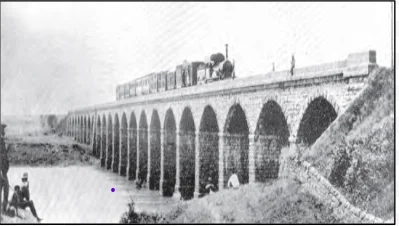![]() 4 Dec 2023
4 Dec 2023
Occupational structure refers to the aggregate distribution of occupations in society, defined by skill level, economic function, or social rank. It provides a detailed breakdown of the composition of employment, highlighting the percentage of the population engaged in various occupations such as agriculture, manufacturing, services, etc.
Analyzing occupational structure is crucial for understanding the economic dynamics, development patterns, and employment trends within a particular area over time.
Analyzing the Dominance and Disparities in Employment
Under the colonial regime, basic infrastructure such as railways, ports, water transport, posts and telegraphs did develop. However, the real motive behind this development was not to provide basic amenities to the people but to subserve various colonial interests. This strategic infrastructure, shaped by colonial imperatives, played a significant role in influencing and perpetuating the existing occupational structure in the regions affected

First Railway Bridge linking Bombay with Thane, 1854
Glossary
|
|---|
<div class="new-fform">
</div>